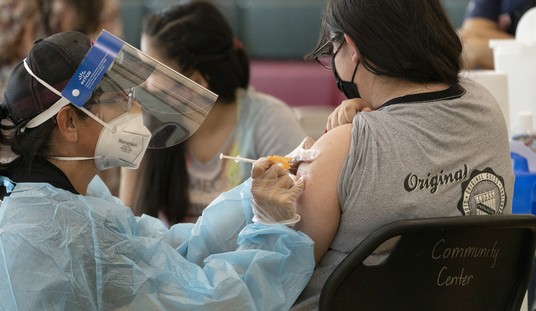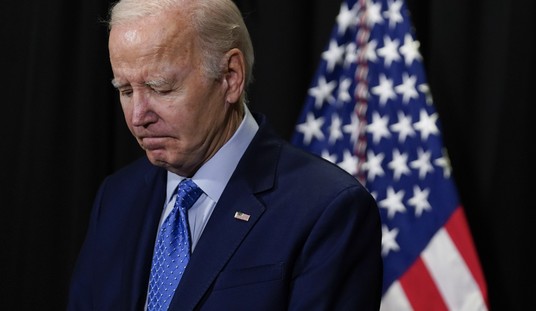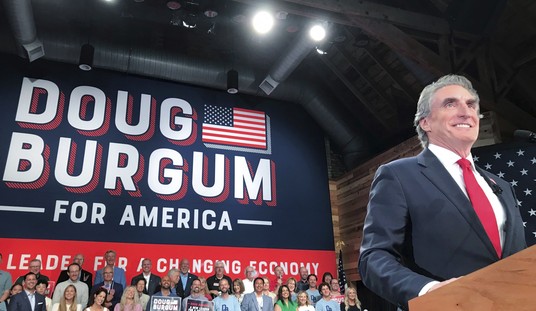One of the unresolved mysteries surrounding September 11 are what have come to be called the 2001 Anthrax attacks. The basic facts of the case are simple. Someone sent envelopes containing anthrax spores to the offices of two Democratic Senators, “killing five people and infecting 17 others. According to the FBI, the ensuing investigation became ‘one of the largest and most complex in the history of law enforcement.'”
But despite this massive effort the results were inconclusive. Two major suspects were identified, both of them American. The first was exonerated. The second, Bruce Ivins, committed suicide and his guilt was widely disputed.
A major focus in the early years of the investigation was a bio-weapons expert named Steven Hatfill, who was eventually exonerated. Another suspect, Bruce Edwards Ivins, became a focus of investigation around April 4, 2005. Ivins was a scientist who worked at the government’s biodefense labs at Fort Detrick in Frederick, Maryland. On April 11, 2007, Ivins was put under periodic surveillance and an FBI document stated that “Bruce Edwards Ivins is an extremely sensitive suspect in the 2001 anthrax attacks”. On July 27, 2008, Ivins killed himself with an overdose of acetaminophen …
Shortly after the anthrax attacks in the United States, another letter containing traces of a second strain of anthrax was mailed to a pediatrician in Santiago, Chile. The letter was postmarked in Switzerland and sent via DHL, which used a Swiss bulk mail shipper in New York. This letter had an Orlando, Florida return address. No one is known to have been infected from it…
All of the material was derived from the same bacterial strain known as the Ames strain … First researched at the United States Army Medical Research Institute of Infectious Diseases (USAMRIID), Fort Detrick, Maryland, the Ames strain was then distributed to sixteen bio-research labs within the U.S. and three other locations (Canada, Sweden and the United Kingdom).
One of the main reasons why investigators believed that Al-Qaeda was NOT involved is that the “coatings” on the pathogens were believed to be beyond their capability to produce. Suspicion momentarily shifted to Saddam Hussein, but nothing came of it.
But like many things associated with September 11, anthrax attacks have surfaced — of all places — in Pakistan. The New York Times reports that the Pakistani Prime Minister’s security men intercepted “a postal package containing anthrax spores four months ago”.
Government officials gave contradictory accounts of the identity of the sender, and they offered little sense of motive. While Islamist militants have repeatedly targeted senior government officials in suicide and bomb attacks, an assassination attempt using biological weapons would be an anomaly.
And like the 2001 attacks, the package was mailed from a school. “The packet had been sent from a small post office on the Jamshoro University campus, he said.” And just as the 2001 anthrax attacks were also directed against media outlets, the Pakistani anthrax spores were sent to a major Urdu language newspaper.
What gives? One thing is for sure. Bruce Ivins didn’t send it. Not unless there is a mailbox in the grave.
Of all the loose threads of September 11 the anthrax attacks are the most fascinating. What do they mean? Were they connected with the attacks on the Towers? Are they part of a campaign of misdirection? And are they connected to Pakistan?
How to Publish on Amazon’s Kindle for $2.99
The Three Conjectures at Amazon Kindle for $1.99
Storming the Castle at Amazon Kindle for $3.99
No Way In at Amazon Kindle $3.99, print $9.99









Join the conversation as a VIP Member